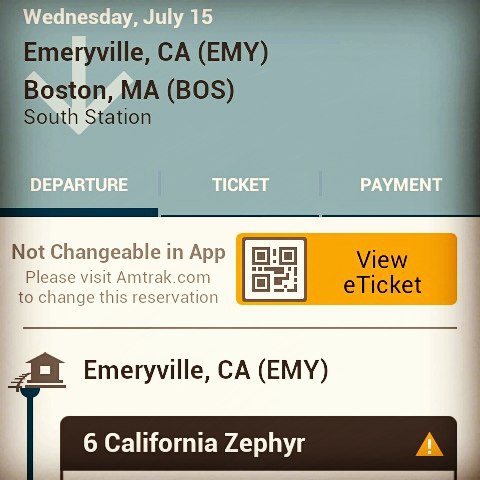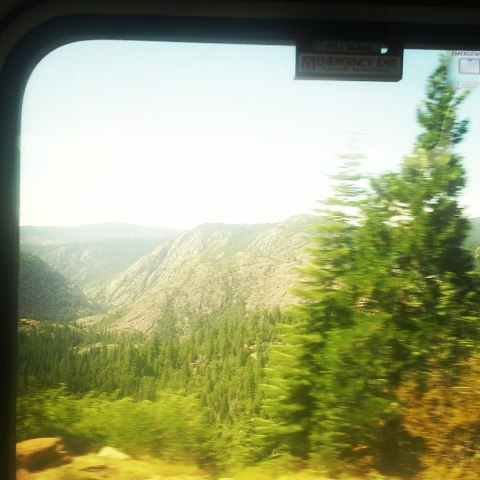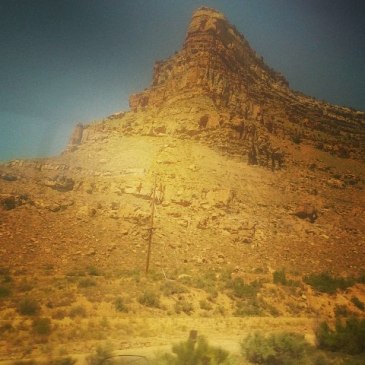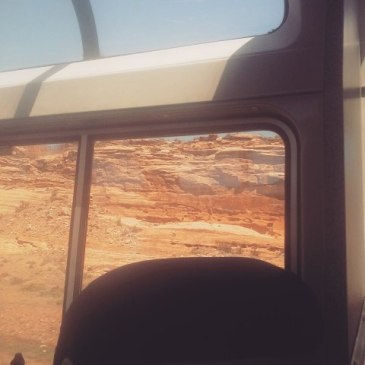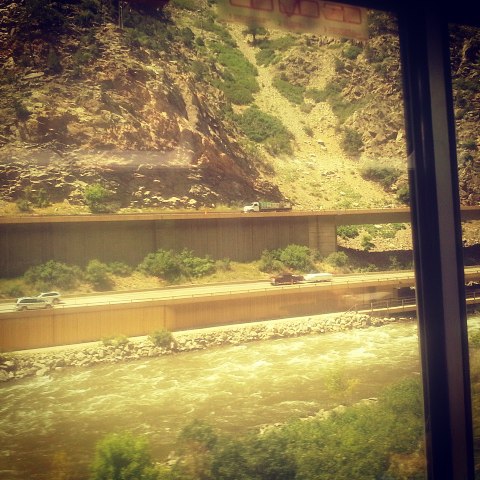In my last post, I detailed how one can use Amtrak Guest Reward points to take an Amtrak trip across the country for free, as I did last summer from the San Francisco Bay Area to Boston.
It was an amazing experience, though I’m not sure I’d do it again. If I were though, there are a few things that I would do differently, as well as a few things that worked out well for me.
Fair warning, my camera was nearing the end of its days on this trip, hence the low-quality photos.
1. Expect delays. And lots of them. Due to mandatory rules about crew rest, if your train arrives late the night before, it might depart late the next day to allow the crew to get enough sleep. This is what happened to me, as my train departed 2.5 hours late. And unlike planes, trains can’t “make up time.” So if you leave 2.5 hours late, then add 2.5 hours to your arrival time.
But that’s not the only delay. Amtrak doesn’t own most of the tracks it runs on (especially west of Chicago), and therefore has to defer to freight trains when on single tracks. This happens a lot, and you will be sitting still looking out at the cornfields of somewhere like Iowa, like this:
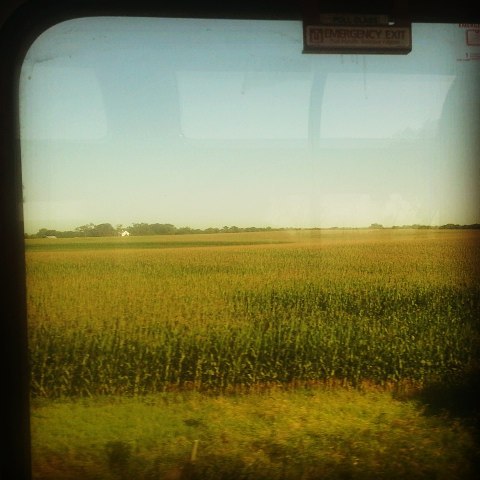
The bottom line is, only do this trip if you have a significant time cushion built in. My itinerary had an eight-hour layover in Chicago, but we arrived 11 hours late, meaning that I missed the once-a-day connecting train to Boston. Instead, I had a 21-hour layover (they paid for my lodging and meals), and while I had fun exploring Chicago, I ended up arriving in Boston more than 24 hours after I was scheduled to.
2. Plan your food/drink accordingly.Yes, there are hot meals served on Amtrak. And they’re surprisingly good. However, they’re not cheap, nor are they incredible. I would maybe recommend doing one for the experience. You can also bring your own food, but remember that there is no refrigeration on board. If you want to ensure that you’ll be eating hot food and not spending too much, research your layovers in advance, as there tends to be at least one restaurant near most major stations.
However, this will require somes advance planning: I saw that I had a 10-minute stop in Grand Junction, CO and located a restaurant adjacent to the station using Yelp, called them an hour in advance to place a takeout order, sprinted in to get it as soon as we pulled in, and then sprinted back on to the train with a few minutes to spare. Having a hot meal of eggs, green chiles, and homefries was a welcome change from the cold bahn mi sandwiches I had brought.
Amtrak does sell snacks and drinks (including alcohol) on board, but given that it doesn’t cost you anything to bring these yourself, you’ll save a lot of money (though if you need your beer to be cold, it might be better to buy on board). Of course, you’ll want to not go overboard on the alcohol, because it’s also important to…
3. Behave yourself. Just like on a plane, the staff is not afraid to kick you off if you’re not behaving. While I don’t think this is an issues for most readers of this blog, there was a man on our train who had a bit too much to drink, and started to get verbally abusive to his girlfriend. The train had no problems making an emergency stop in a remote town in Colorado, where he was met by police. I don’t know what happened to him, but even if he got a second chance, it means he had to wait 24 hours for the next train to arrive, as the California Zephyr is a once-daily route.
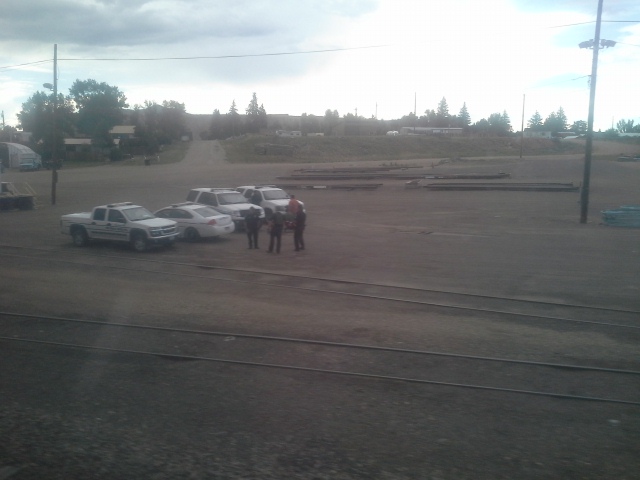
4. Don’t spring for the sleeper cabins; the coach seats are perfectly fine. If you can relate to the princess from “The Princess and the Pea”, then this might not apply. Otherwise, I slept fine most nights, and I’m 6’7.” The leg room is more than ample, and the seats recline quite a bit (though not 180 degrees). Obviously you’ll want to bring a sleeping bag and/or blanket, however.
5. Bring cards, games, or something to engage other people on the train. While you’ll most likely spend daylight observing the beautiful scenery, and nighttime asleep, there is a period of roughly four hours (depending on what time of year you go) where it’s too dark to look at the views, but too early to go to bed. Especially if you’re a solo traveler, this can be a fun way too meet other people and pass the time. My first night, I played “Cards Against Humanity” well into the night with three people I’d never met
6. Get a good data plan (or do a digital detox). While Amtrak is starting to roll out WiFi on 2=shorter routes, especially those frequented by business travelers, they still don’t have it on the long-distance routes. If you’re just looking to do some writing, you’ll be fine, as they have plenty of outlets, but if you need to do work requiring the internet, it will be very expensive to tether to your phone’s data plan. Or, you can just take a break from the internet and enjoy the views.
7. Spend most of your day in the observation car. The observation car is a car with floor-to-ceiling glass windows that allow for much more expansive views of the landscape than a coach seat, as I documented in a short video I took:
But seriously, you’ll see all sorts of great stuff:
It’s open seating, and conversation is encouraged, unlike the coach cars where people are expected to keep the noise down. However, it is not for sleeping, and you will get a stern warning for doing this (whether you mean to or not), and be asked to leave the car if caught again. But don’t take it as an invitation to put on your headphones and tune out, because you’ll also want to…
8. Learn. While this varies route to route, Amtrak has a variety of educational programs on board to help you learn about the route. On the California Zephyr, there are guides from the California Museum in Sacramento that stay on board between Sacramento and Reno to educate you about how this section of the route came to be, including the incredible hard work of the many Chinese immigrant laborers who helped build the track through the mountains, which was invaluable for shipping goods between the coasts.
There are also people from the National Park Service between Grand Junction and Denver who talk about the Colorado portion of the route, telling us how some of the highways on the way were among the last of the entire interstate highway system to be completed due to the difficulty of snaking around large canyons, and other interesting tidbits.
9. Know your breaks and stops. Definitely pick up a paper copy of the schedule beforehand. While the actual arrival times will become useless after the first delay, they still are useful for knowing how long it takes to get between two different stations, as well as when there are extended stops (such as for 20-30 minutes, when you can get off and walk around the area for a bit. However, most of them tend to be either in areas with not many places to see, or are in places with lots to see, but in the middle of the night.
It is also important to listen for which stops are “cigarette breaks”, meaning that it’s OK to get off the train for a few minutes and get some air and smoke (if you like), versus stops where only departing passengers are expected to get off. As I mentioned earlier, the California Zephyr is a once-a-day route, and other long-distance routes run with similar frequency, so it’s critically important to get back on in time.
10. Take advantage of the generous baggage policy. Unlike the airlines, Amtrak has a very generous checked bag policy, allowing you to check up to two bags for free, and two more for $20 each. On top of that, they don’t really have a policy restricting carry-ons. While I’m sure others have pushed it further, I stuffed my already-full giant travel backpack with a trombone and bass guitar sticking far out of the top, and no one seemed to care. Obviously, if you’re just doing this as a fun trip, you won’t come close to exceeding their checked bag limits, but if you’re doing a big move, like I was, it’s a much cheaper way of getting your stuff across the country than shipping it.
Have your own long-distance Amtrak story to share (either good or bad)? Did I miss something? Feel free to post in the comments below, or e-mail me.

